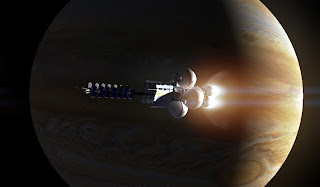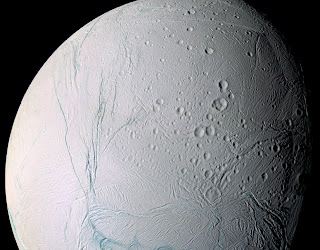BLACK HOLE
BLACK HOLE Black hole is one of the most enigmatic and mysterious objects in the universe. It cannot be seen even with most powerful of telescopes. No object can escape once it falls into a black hole. Even light is held in its grip. Space is highly curved and time moves extremely slowly close to a black hole. Apparently, a black hole is a region of greatly distorted space [and also time]. A black hole, once create, is like a bottom precipice that cannot be filled in or ‘plugged’ with anything. They are almost perpetual holes in space time. They grow at the expense of matter falling into them. Even when no matter fall into black hole, it may stay in the same state for trillions of years. What are black holes? Have you ever had to vacuum your bed room? When you do so, watch closely because you will see dirt, and crumbs start to move towards the vacuum cleaner, cleaning up derbies left behind in outer space. It is not suction power that makes thing fall into a black hole. Suction



